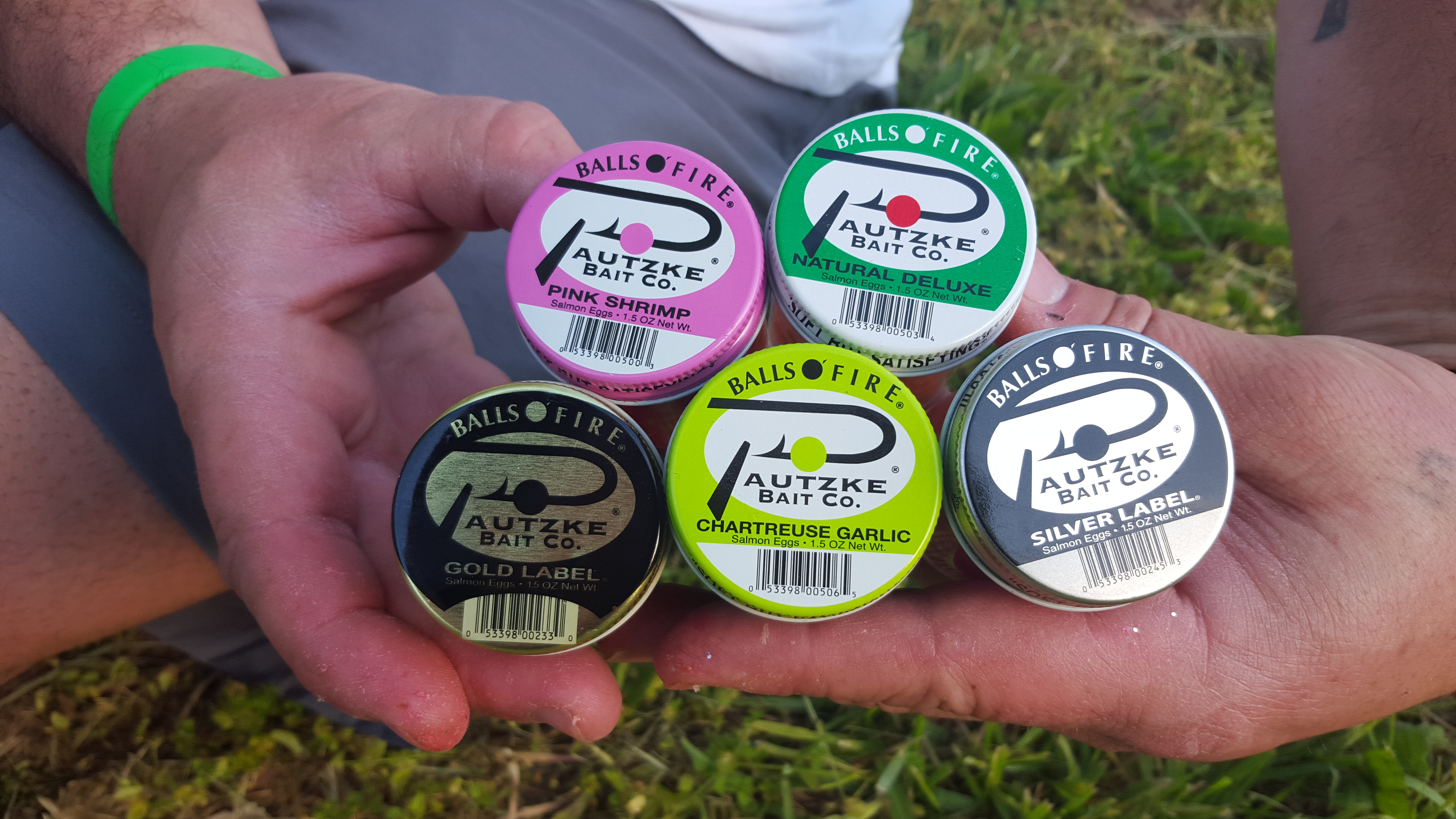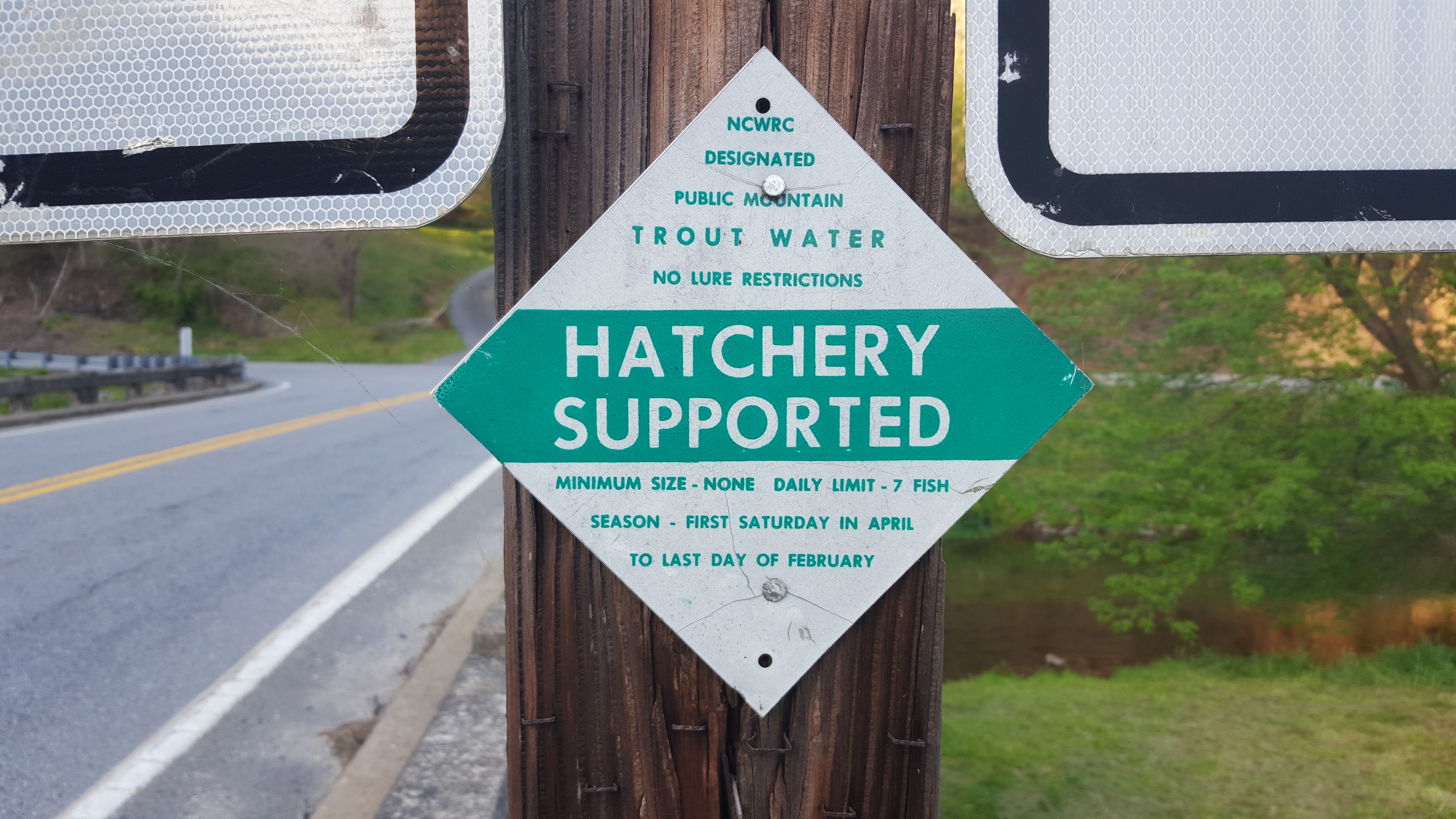Trout
The Time is Now to Fish Western NC’s Shelton Laurel Creek
By: Chris Shaffer
It’s the heart of trout season in Western North Carolina and while the North Carolina Wildlife Resources Commission works overtime to stock as many creeks, lakes and rivers as they can during the spring there’s only so many fish to go around. Even under heavy fishing pressure some spots, like Shelton Laurel Creek only get stocked once a month. When they do, however, fishing can be exceptional for the first week.
Our plan earlier this week was to fish Shelton Laurel, simply because we were told it was a popular spot that residents of the greater Asheville area frequented. On our way to the creek we stopped in nearby Weaverville to fill the car up with gas and headed up Highway 25 only to be delayed by a stocking truck that slowed our passage to Shelton Laurel.
In town to film Pautzke Outdoors our timing proved to be a blessing. We were able to film the first mile of the creek being stocked before we broke off and started fishing areas where we didn’t see the truck pull off and release trout. Sure, we would have loved the loaded holes. On the other hand, they told us the trout likely wouldn’t pursue bait for several hours. We needed to start filming and didn’t want to come back in the afternoon.
For those who have never fished this system it’s stocked monthly from April through June and yields nearly a dozen miles of roadside water. Much of it is accessible although some flows through private property. With Shelton Laurel stocked heavily Monday this weekend will fish well. I could be wrong, but we saw mostly brook trout tossed into the stream with some rainbows and few browns. We were surprised to see a few several pounds, too.
Shelton Laurel is most heavily fished from the bridge that separates the delayed harvest section from the hatchery supported section on upstream for the first mile. After that pressure is more distributed throughout the upper reaches. Basically, anywhere the truck can pull off the road safely (we actually saw them stop in the middle of the road a few times) to toss fish into the stream they will. However, wide pullouts and bridges tend to be the most obvious spots. Start with those.
Due to the lack of rain (although sounds like the region might get some tomorrow) the system is running low and clear. The trout are skittish. It’s important to keep your shadow off the water and not let the fish see you or they’ll scurry for cover. Equally important is downsizing. We used two and four pound test and nothing heavier. Most of the trout are 10-12 inches. There’s no reason for heavily line.
All our trout were caught on Pautzke salmon eggs. As you’ll see in the next episode we used five different eggs: Gold Label, Silver Label, Natural Deluxe, Pink Shrimp and Chartreuse Garlic. All fish (we caught more than two dozen, most of which were released/some were kept by our friends for the skillet) came on single size 10 and 12 salmon egg hooks with anywhere from one to three eggs on at a time. The key was switching up. After we’d catch two from a hole they’d stop biting until we switched colors.
An array of methods are effective. We did two things; drift fished with and without a bobber. The bobber (a Trout Magnet float) was effective by keeping our bait off the bottom and enabling a quick, free drift whereas drifting the bottom without a float lets the egg tumble along the bottom with the current (this method produces, but can’t also yield snags).
Editor’s Note: If you plan to make the trip please clean up your trash. There’s an absurd amount on the bank, particularly for such a pretty place. Keep an eye out for ticks and poison oak. We saw plenty of both. Anglers may keep seven trout per day on the hatchery supported section of the stream. For more info please visit http://www.ncwildlife.org/Fishing/HatcheriesStocking/NCWRCStocking.aspx.











